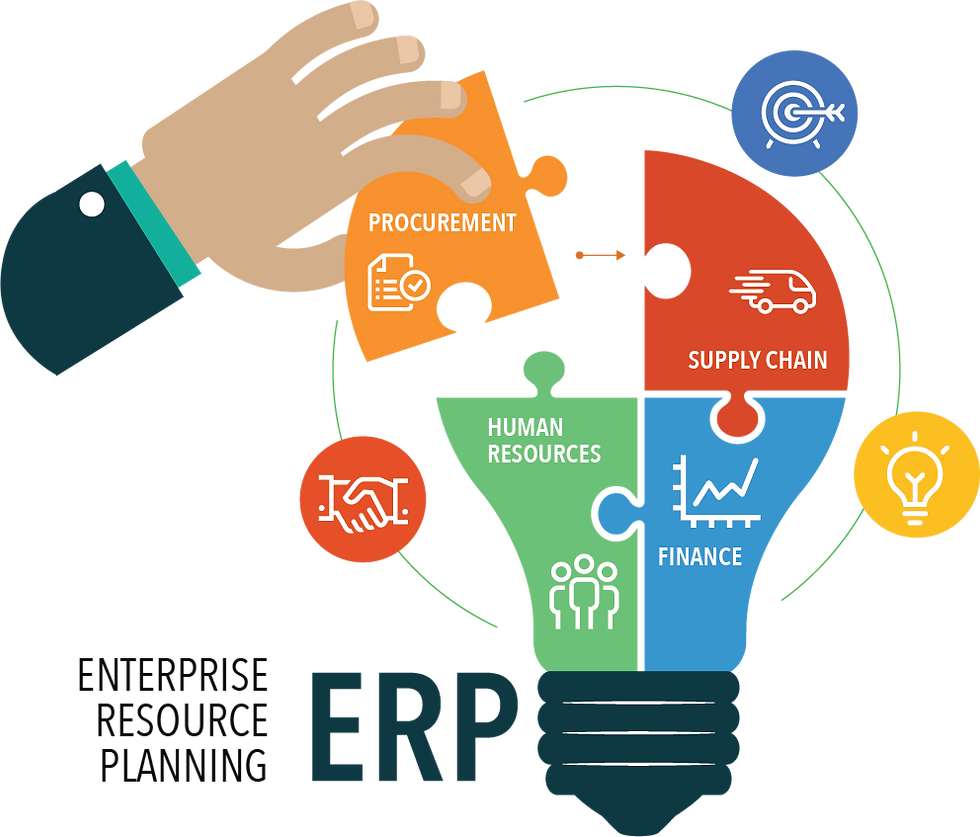Streamlining Operations with Employee Database Management Systems
- solutionscakiweb
- Oct 28, 2023
- 2 min read
Introduction
Employee Database Management Systems (EDMS) have emerged as indispensable tools for businesses of all sizes, helping them centralize, organize, and safeguard their workforce information.
What is an Employee Database Management System?
An Employee Database Management System is a software solution designed to store, organize, and manage all employee-related data within an organization. It serves as a central repository for various information, such as personal details, contact information, employment history, performance evaluations, and more. This system ensures data accuracy, accessibility, and security.

Streamlined Data Entry and Retrieval
One of the primary advantages of an EDMS is the ease of data entry and retrieval. Instead of sifting through paper files or scattered electronic documents, HR personnel can quickly and accurately input and access employee information. This streamlines HR processes, reduces the risk of errors, and enhances overall efficiency.
Enhanced Data Security
Data security is a top priority for any organization. EDMS provides robust security features, ensuring that sensitive employee data is protected from unauthorized access. With role-based access control, encryption, and regular data backups, EDMS systems help maintain the confidentiality and integrity of employee information.
Improved Compliance and Reporting
Keeping up with compliance requirements and generating reports can be a cumbersome task. Employee Database Management Systems offer tools that enable organizations to stay compliant with labor laws, track employee hours, and generate comprehensive reports for various purposes, including payroll, performance evaluations, and audits.
Employee Self-Service Portals
Modern EDMS often include self-service portals that allow employees to access and update their personal information, request time off, view pay stubs, and participate in performance evaluations. This not only empowers employees but also reduces the administrative burden on HR staff.
Performance Evaluation and Feedback
EDMS can facilitate performance evaluation processes by automating workflows, tracking goal progress, and allowing managers to provide feedback and set future objectives. This system encourages ongoing dialogue and can improve employee development.
Scalability
As organizations grow, their workforce data management needs also evolve. EDMS solutions are scalable, meaning they can adapt to the changing needs of the business. Whether you have a small team or a global workforce, an EDMS can accommodate your requirements.
Integration with Other HR Tools
Employee Database Management Systems can be integrated with other HR software and tools, such as payroll systems, time tracking software, and recruiting platforms. This integration streamlines data flow across various HR processes and reduces data duplication.
Cost Savings
While the initial investment in an EDMS may seem significant, the long-term cost savings are substantial. By automating processes, reducing errors, and improving efficiency, companies can save both time and money, ultimately contributing to the bottom line.
Conclusion
Employee Database Management Systems have become essential for organizations looking to manage their workforce data effectively. These systems offer a wide range of benefits, from streamlined data entry and retrieval to enhanced data security and compliance. By adopting an EDMS, businesses can free up HR resources, improve employee engagement, and create a more efficient and compliant work environment. As technology continues to advance, the role of EDMS in workforce management will only become more pivotal in shaping the future of HR operations.



Comments